14 Simple Ways to Support Backyard Wildlife in November
November is a wonderful time to observe how your backyard shifts with the season. As the air grows cooler, animals start gathering food and finding safe spots for the cold months ahead. You can help by making your yard a welcoming place filled with natural activity. Even a small gesture can make a real difference for the wildlife that passes through. Try starting with one simple idea and see how your backyard becomes a lively haven.
This post may contain affiliate links, which helps keep this content free. Please read our disclosure for more info.
Leave the Leaves for Shelter and Food

Fallen leaves may look messy, but they serve as shelter and nourishment for many small creatures. Insects, frogs, and hedgehogs often hide under leaf piles to stay warm and protected. The decaying leaves also feed worms and enrich the soil, creating a healthy ecosystem in your yard. Leaving a few piles in corners or under trees can make a huge difference. It is a simple way to create a cozy haven for wildlife during the cooler months.
Raking only the main paths or open spaces keeps your yard tidy while maintaining habitats. You can also shred some leaves with a mower and spread them as natural mulch around garden beds. This helps keep the soil moist while offering insects a place to live. The mix of mulch and unshredded leaves creates balance between beauty and function. Over time, you will notice more birds and small mammals visiting to forage and nest.
Keep Bird Feeders Stocked with High-Energy Seeds

As temperatures drop, birds depend more on backyard feeders to find food. Stocking feeders with sunflower seeds, peanuts, or suet provides much-needed energy during cold days. These nutrient-rich options attract finches, chickadees, and woodpeckers that frequent winter gardens. It is best to clean feeders weekly to prevent mold and disease. Keeping them filled consistently helps birds rely on your yard as a steady food source.
Positioning feeders near shrubs or trees offers protection from wind and predators. You can add a variety of feeders to attract different bird species, from hanging types to platform styles. Mixing seeds with dried fruit or mealworms gives extra nourishment. Refill in the morning so birds can eat early and store energy for the night. Consistency builds trust with wildlife, turning your space into a reliable feeding stop.
Provide Fresh Water with a Heated Birdbath
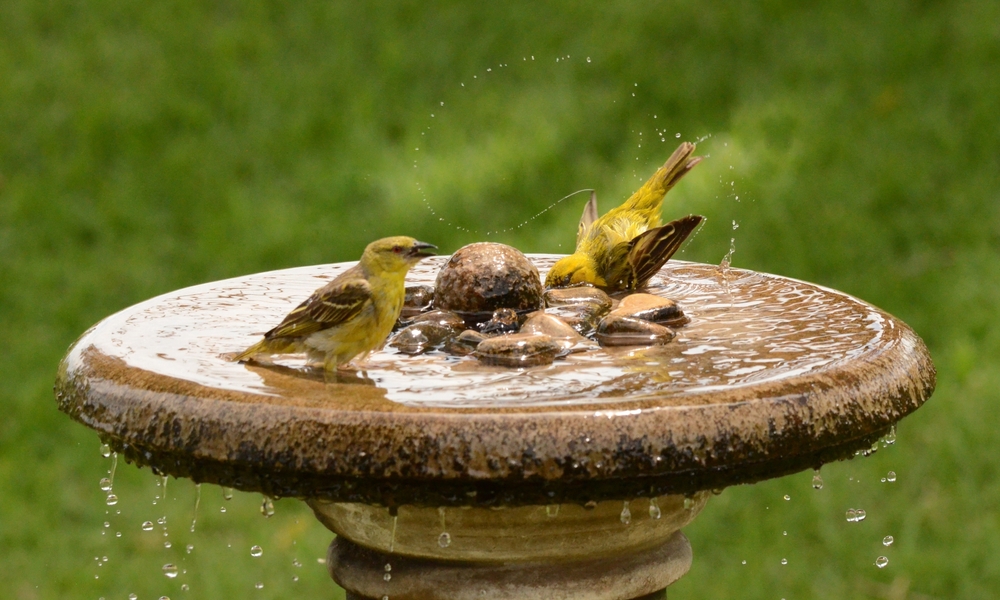
Cold weather can make it hard for animals to find unfrozen water. A heated birdbath or one placed in sunlight keeps the water from icing over. Birds and squirrels use it for both drinking and cleaning their feathers or fur. Make sure to refill and clean it regularly to keep it safe and fresh. Even a small bowl of warm water can help creatures survive freezing nights.
Place the birdbath near shrubs or low trees so animals feel secure while visiting. You can add a few stones for smaller birds to perch safely. Avoid using chemicals to clean it since wildlife can be sensitive to residues. Replacing the water every couple of days prevents contamination. Over time, you may find your yard becoming a busy stop for thirsty visitors.
Plant Late-Blooming Flowers for Pollinators
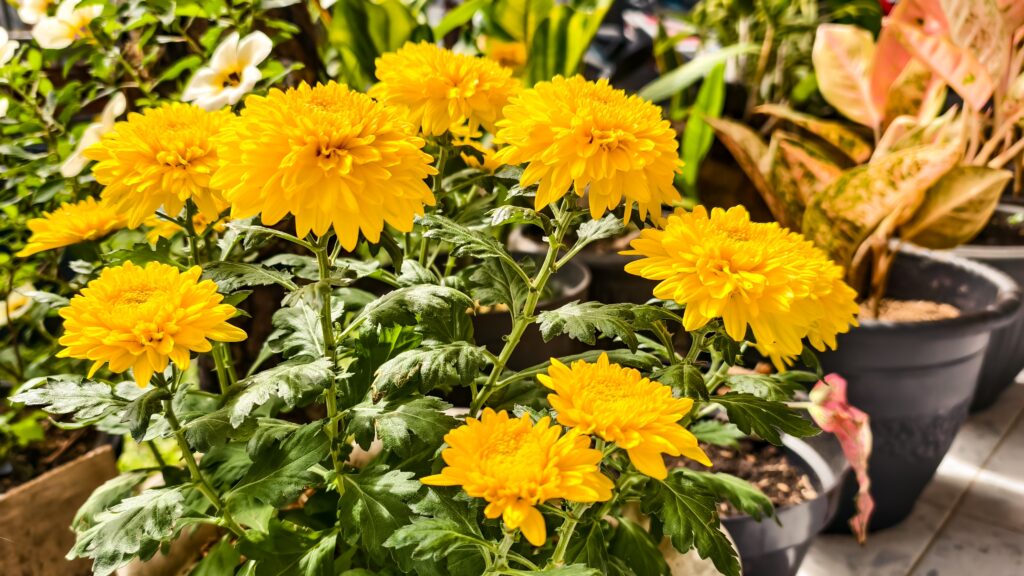
As autumn continues, some pollinators like bees and butterflies still search for nectar. Planting flowers that bloom late into the season keeps them fed until winter fully arrives. Choices like asters, goldenrods, and chrysanthemums offer bright color and valuable nourishment. These blooms attract beneficial insects that contribute to your garden’s health. It also adds warmth and charm to your outdoor space.
To make the most of these plants, choose native varieties suited to your region. They tend to thrive naturally and provide the best nutrition for local wildlife. Avoid pesticides that could harm visiting pollinators. Mixing in herbs like lavender and mint adds fragrance and attracts even more insects. With a little planning, your November garden can remain lively and full of color.
Build a Brush Pile for Shelter
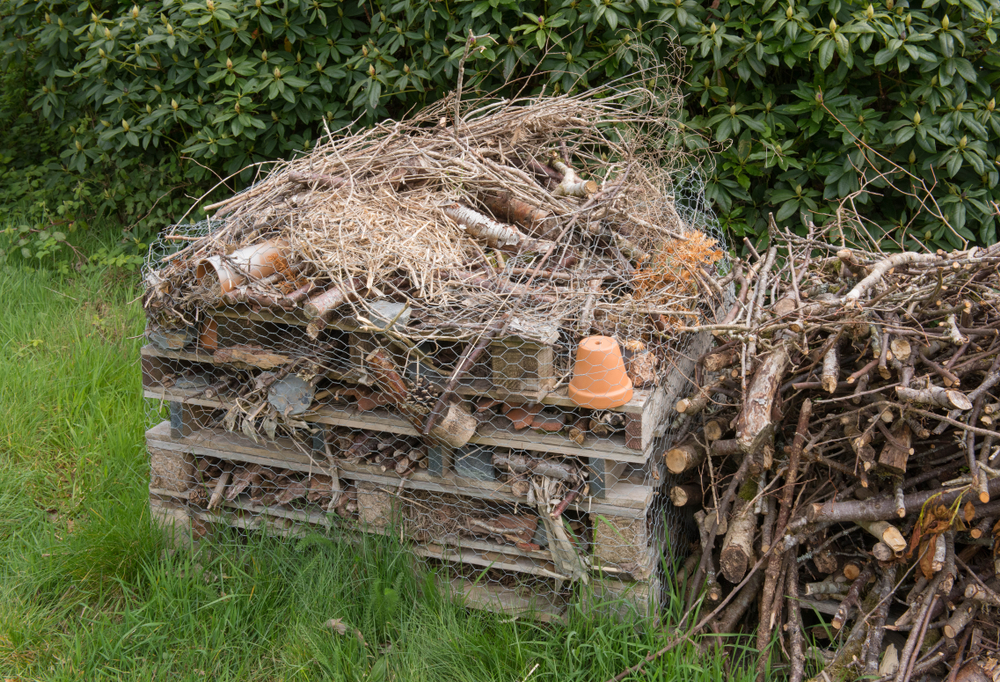
A simple brush pile made from branches and twigs can serve as a safe refuge for animals. Small mammals, reptiles, and insects use it for protection from cold and predators. It can also become a nesting area for birds looking for cover. Choose a quiet corner of your yard away from heavy traffic. The layered design helps create natural insulation and shelter.
To build one, stack larger branches at the bottom and lighter ones on top. Leave small gaps for airflow and easy access. You can add dried leaves or straw to make it warmer inside. Over time, it will start blending with the environment. This simple feature supports many forms of life while keeping your yard eco-friendly.
Hang Nesting Boxes and Shelters
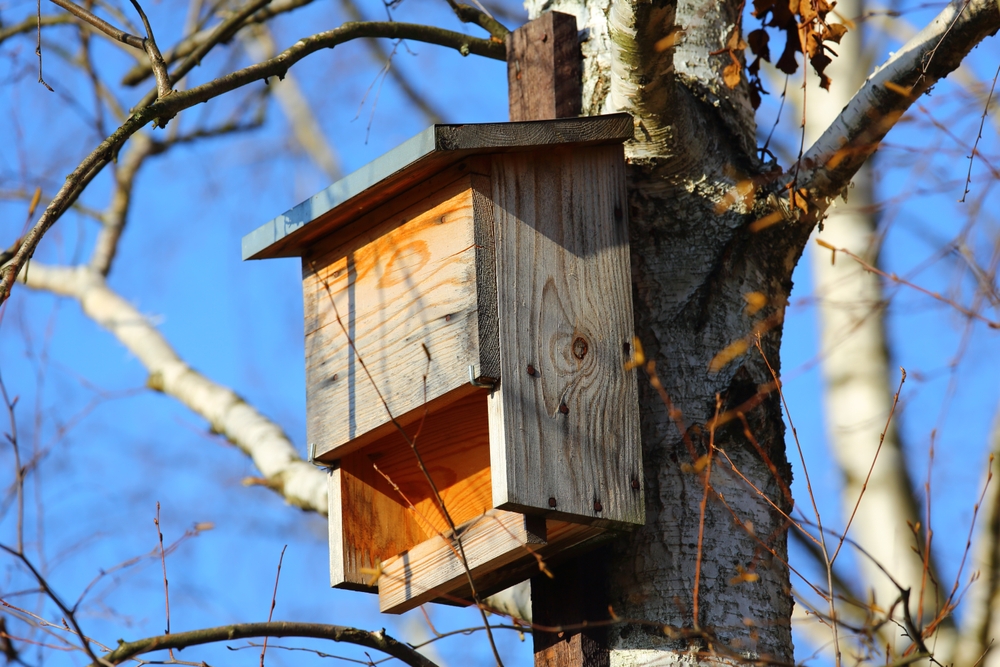
Installing nesting boxes gives birds and small mammals a place to rest through colder nights. Many species struggle to find natural cavities once trees shed their leaves. Boxes designed for wrens, bluebirds, or squirrels work well in suburban yards. Hang them in quiet, shaded spots where animals feel secure. Adding soft grass or straw inside creates comfort and warmth.
Clean and check the boxes at the start of each season to remove old material. Make sure they are well-secured and positioned away from strong winds. If you have multiple boxes, space them out to prevent territorial behavior. You can also place bat houses on sunny walls for added wildlife support. Over time, your yard will become a reliable nesting and roosting area.
Grow Native Shrubs and Berries

Native shrubs provide natural food sources that support local wildlife all season. Varieties such as holly, viburnum, and serviceberry offer both berries and shelter. These plants attract birds, butterflies, and even small mammals. Once established, they require little upkeep and thrive in local conditions. Having a mix of evergreens and deciduous types adds color and protection year-round.
Plant them in clusters to give animals cover from predators. Avoid trimming heavily during nesting season to protect hidden wildlife. Water newly planted shrubs deeply until they settle in. Adding mulch helps conserve moisture and prevent weeds. As the months pass, you will notice more activity from creatures enjoying your shrubs.
Leave Dead Stems for Overwintering Insects

When you cut back your garden too early, you may remove homes for beneficial insects. Many species lay eggs or hide in hollow stems during the colder months. Leaving some standing plants provides valuable shelter until spring. It also keeps seed heads available for birds to eat through winter. Allowing parts of your garden to remain untouched supports natural cycles.
You can trim only what looks untidy and keep the rest in place. Plants like coneflowers, black-eyed Susans, and ornamental grasses work well for this purpose. Come spring, remove the stems once temperatures stay warm. Doing this balances garden care with wildlife preservation. It is a small habit that yields big rewards for biodiversity.
Create a Compost Corner for Bugs and Birds

A compost pile does more than recycle kitchen scraps. It generates warmth and attracts worms, beetles, and other insects that birds love to eat. These tiny creatures help break down organic matter into nutrient-rich soil. The compost pile becomes both a food source and a habitat. It is a natural way to support your backyard’s food chain.
Place the pile in a shaded spot with good drainage. Layer greens like fruit peels with browns such as dried leaves. Avoid adding meat or oily food to keep pests away. Turn it occasionally to maintain airflow and moisture. In time, you will have healthy compost and thriving wildlife nearby.
Keep Outdoor Lights to a Minimum
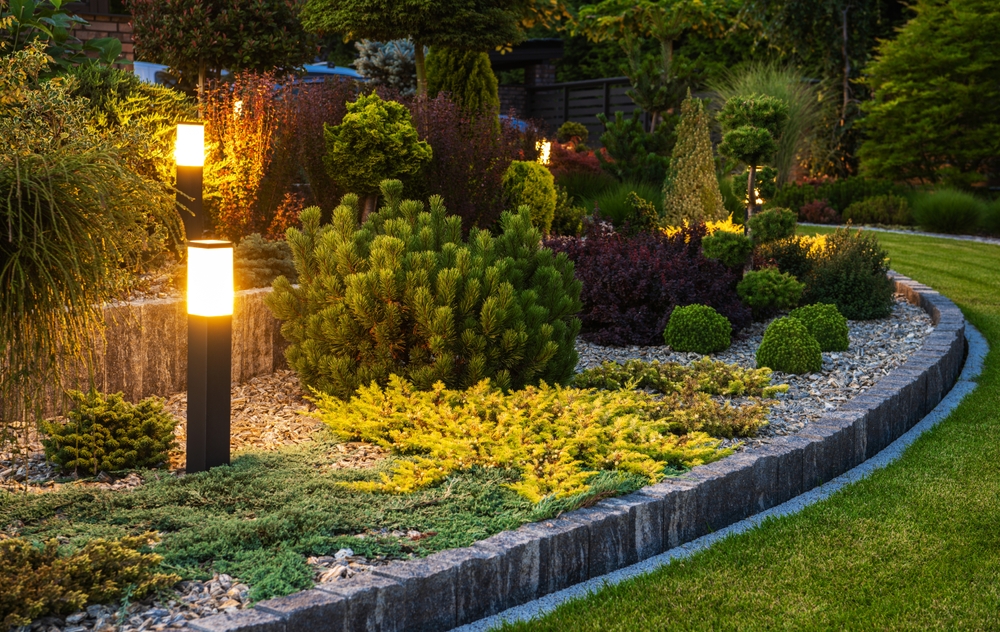
Too much outdoor lighting can disturb nocturnal animals and insects. Bright lights disorient birds, bats, and moths that rely on natural darkness. Turning off unnecessary lights at night restores their sense of direction. Motion-activated or low-wattage bulbs are good choices for safety without harming wildlife. Reducing light pollution helps restore balance to your yard’s ecosystem.
You can shield lights downward to prevent glare into trees or open sky. Yellow-toned bulbs are less disturbing to insects and migrating birds. Place lights only where needed for pathways or entrances. Cover reflective surfaces that might confuse flying creatures. A darker yard allows nocturnal species to feed and move freely again.
Add a Small Log or Rock Pile for Reptiles
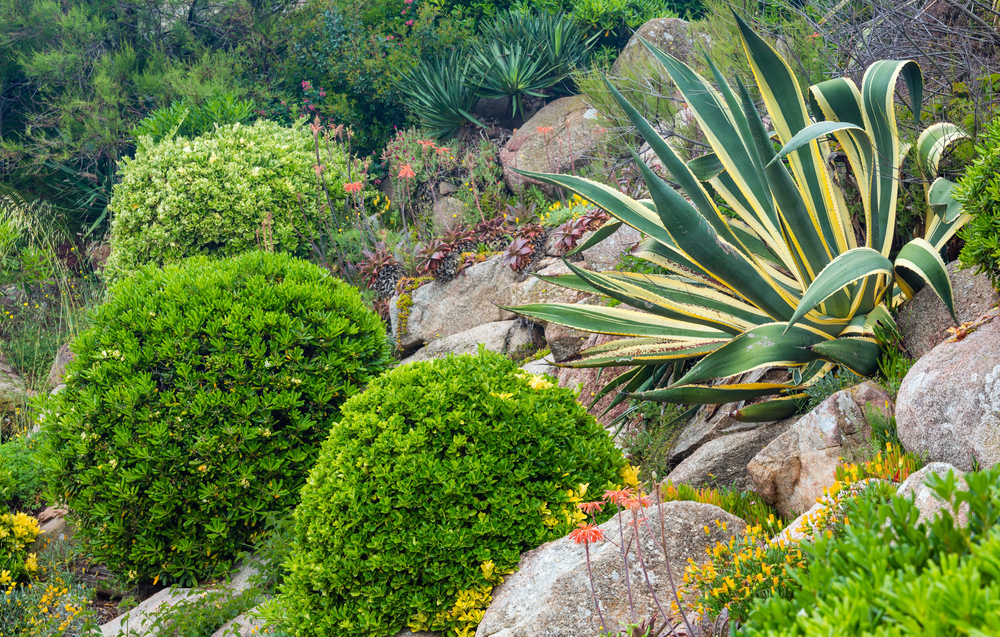
A pile of rocks or logs offers hiding spots for snakes, lizards, and amphibians. These creatures use the spaces for warmth during the day and shelter at night. The moisture underneath supports insects that add to the food web. Choose an area with partial sunlight to create the right temperature balance. Once in place, avoid moving the pile so it feels secure.
Logs should be untreated wood to prevent chemicals from leaching into the soil. You can layer them with leaves or bark for a natural appearance. Adding a few flat stones on top gives sunbathing spots for reptiles. Check the area before doing yard work to avoid disturbing resting wildlife. This simple setup keeps your backyard lively with unseen helpers.
Offer Fruit Scraps for Foraging Animals
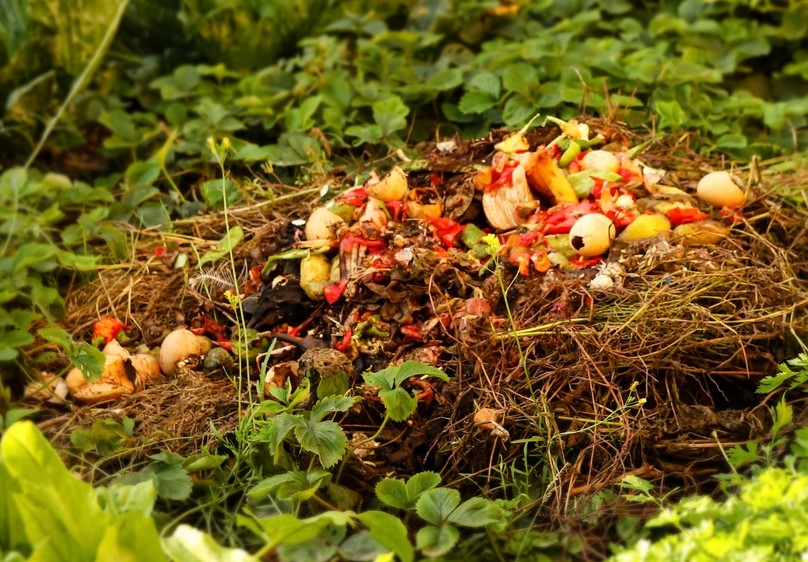
Some animals struggle to find fruit as winter nears. Leaving apple slices, berries, or leftover pears in small quantities helps them stay nourished. Place them near trees or shrubs where wildlife feels safe to eat. It is best to use natural, pesticide-free fruit for their safety. Refresh the area regularly to keep it clean and inviting.
Avoid overfeeding to prevent unwanted pests like rats. You can scatter fruit pieces rather than pile them to encourage fair sharing. Birds, foxes, and hedgehogs often benefit from these small treats. Always remove spoiled fruit before adding more. This small act supports local species without upsetting natural balance.
Maintain a Quiet Space for Resting Wildlife
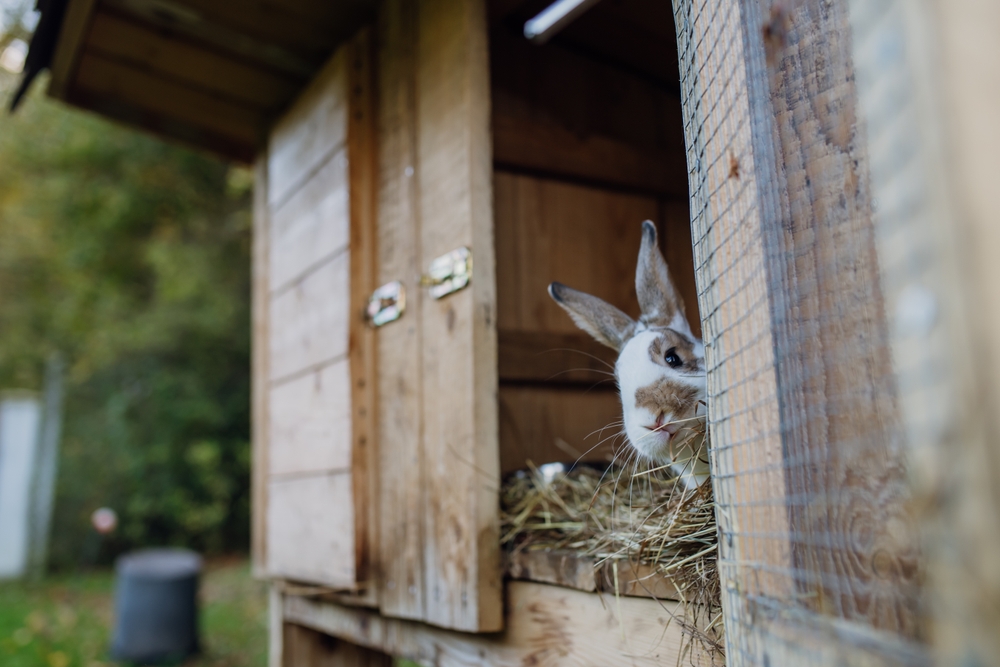
A calm and undisturbed corner of your yard provides a haven for shy animals. Loud noises or constant movement can drive them away. Setting aside a peaceful area encourages rest and nesting. You can add natural features like logs or shrubs for protection. Over time, this quiet zone becomes a favorite retreat for different species.
Choose a section away from footpaths or frequent activity. Avoid using loud tools near it during late autumn. If possible, keep pets away to prevent disturbance. This spot should remain as natural as possible with minimal maintenance. The sense of safety it creates invites animals to stay longer.
Keep Feeders and Habitats Clean

Regular cleaning of feeders, baths, and shelters keeps wildlife healthy. Dirty equipment can spread bacteria that harms birds and small mammals. Use mild soap and warm water to wash surfaces thoroughly. Allow them to dry completely before refilling or rehanging. A little upkeep goes a long way in keeping your backyard safe.
Make it a weekly habit to inspect each feeding or nesting spot. Replace any damaged parts like cracked bowls or loose lids. Always rinse away soap to avoid residue buildup. If you use multiple feeders, rotate their spots to keep pests under control. Consistent care helps wildlife thrive and keeps your space pleasant to visit.
This article originally appeared on Avocadu.
